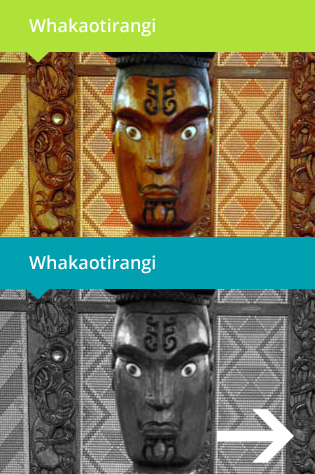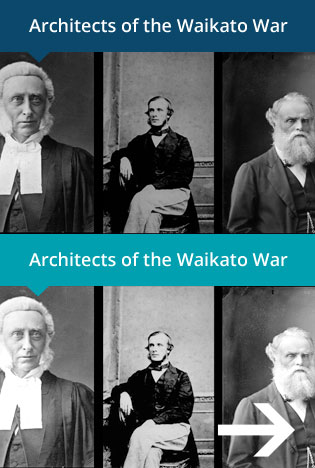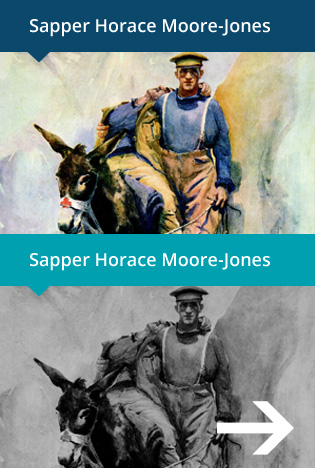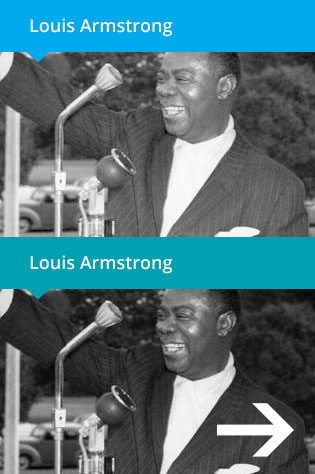IRIAKA RATANA (1905-1981)
Born Iriaka Te Rio of Ngati Poutama, Whanganui and Tuwharetoa descent.
The first Māori woman to be elected to New Zealand Parliament – Iriaka Ratana wrote her name into New Zealand political history in 1949 by winning the Western Māori electorate, to become the first woman to represent Māori in the halls of Parliament.
After the sudden death of Matiu Ratana, Iriaka’s young husband, she demonstrated considerable skill in achieving selection for his seat despite opposition from several quarters. She threatened to stand as a Ratana Independent if Labour did not select her, and she beat the greatest opponent to her standing, Hoeroa Marumaru, the National Party candidate by 5,871 more votes at the election.
She gave birth to her youngest child in December 1949 and, leaving some of her extended family to help her elder children with the farm and to care for the younger children, entered Parliament.
Iriaka said that during the war women had proved themselves as being as capable as men in many areas and the time had come for them to take their place in public life. She believed that Maori women and children needed to be represented by someone with a special knowledge of their living conditions.
In 1961 she told the house that “It is not easy to come here with a Maori mind and a Maori understanding and try to express one’s views as a Maori, in your language.” She was always sustained, however by her drive and purpose which she said was “to help my people”
Dearest to her heart was the welfare of the Maori people. Housing, health and education.
and land were her priorities. She addressed welfare matters: pensioner flats for ageing Maori, farm training for Maori youths, and the plight of the many young Maori moving to towns and cities to find work, campaigning for hostels and trade training.
Iriaka played a key role in Maori land matters. She had an important role in settling a long-standing grievance concerning land confiscated in Waikato and Taranaki during the 1860’s wars. Despite the 1928 Sim Commission upholding Maori claims nothing had been done. Iriaka convened a meeting of all the owners with Maori Land Court officials and together they drafted the agreement that led to the 1955 Maori Trust Boards Act. Compensation payments were made for the confiscations and the Taranaki and Tainui Maori Trust Boards were set up.
She also worked to strengthen the relationship between Tainui and Taranaki iwi.
TW Ratana designated Iriaka “Te Whaeaiti’ – a title meaning ‘bring the people together’
When TW Ratana formed an alliance with Te Rata Mahuta, the fourth Maori King, he said “You be the king of the Maori people and I will be the prophet, so that we can forge the pathway together.”
An apostle at the Ratana church, Te Parekauri Joseph said she had cleared a pathway for women. “It wasn’t easy for her to clear that path but she met and matched the challenges she received from men. And in doing so she made the way easier for all Maori women.”
In the 1957 election (won by Labour), Iriaka had the highest majority in the country.
She did not seek a Cabinet post. Instead she became an advisor to Prime Minister Walter Nash, who also had the Maori Affairs portfolio.
Iriaka Ratana always saw the best in politicians’ efforts on behalf of Maori and interpreted government activity in the most positive light. The result was that she was listened to with respect by both sides of the House. She’s was known for her determination, her good sense of humour and that she was for the people, not herself. She was hugely respected by the old people.
She held her electorate for 20 years, eventually retiring from politics in 1969 a car crash left her suffering from ongoing health issues.
In one of her last speeches in Parliament she gave a thoughtful account of the gaps to be bridged before Maori and Pakeha were equal, concluding the “the future of race relations in New Zealand depends on our growing faith in one another.”
“We, the Maori people, must advance hand in hand with the Pakeha, and by common effort in common society, we will reach new heights of achievement.”
In 1971 she was awarded an OBE for services to her people.
She enjoyed her retirement immensely, spending it in her gumboots on the farm, going to the races, and weaving korowai.
She died in 1981 and asked to be buried in Aromoho cemetery, Wanganui.








